When it comes to barnyard livestock, ducks are probably the easiest-going of the bunch. When there is a slight drizzle, the goats complain and run into the barn. When the north wind blows ice crystals across the fields, your chickens are floofed-up and hiding in the coop. Meanwhile, the ducks are blithely waddling across slush and snow, and swimming among pond ice-chunks with hardly a care.
I must admit, their hardiness has given ducks a special place in my heart. And though those endearingly doofy birds may seem to spurn any sort of shelter, they do benefit and use a coop. They just use it in a very duckish way — meaning they are very easy to please.
They need no manicured mansion or perfectly proportioned palace — just a safe, dry place for them to spend the night. The options for such a duck coop are endless, whether you go for some DIY pallet-repurposing, rethink an old dog house, or build an over-the-top invention from scratch.
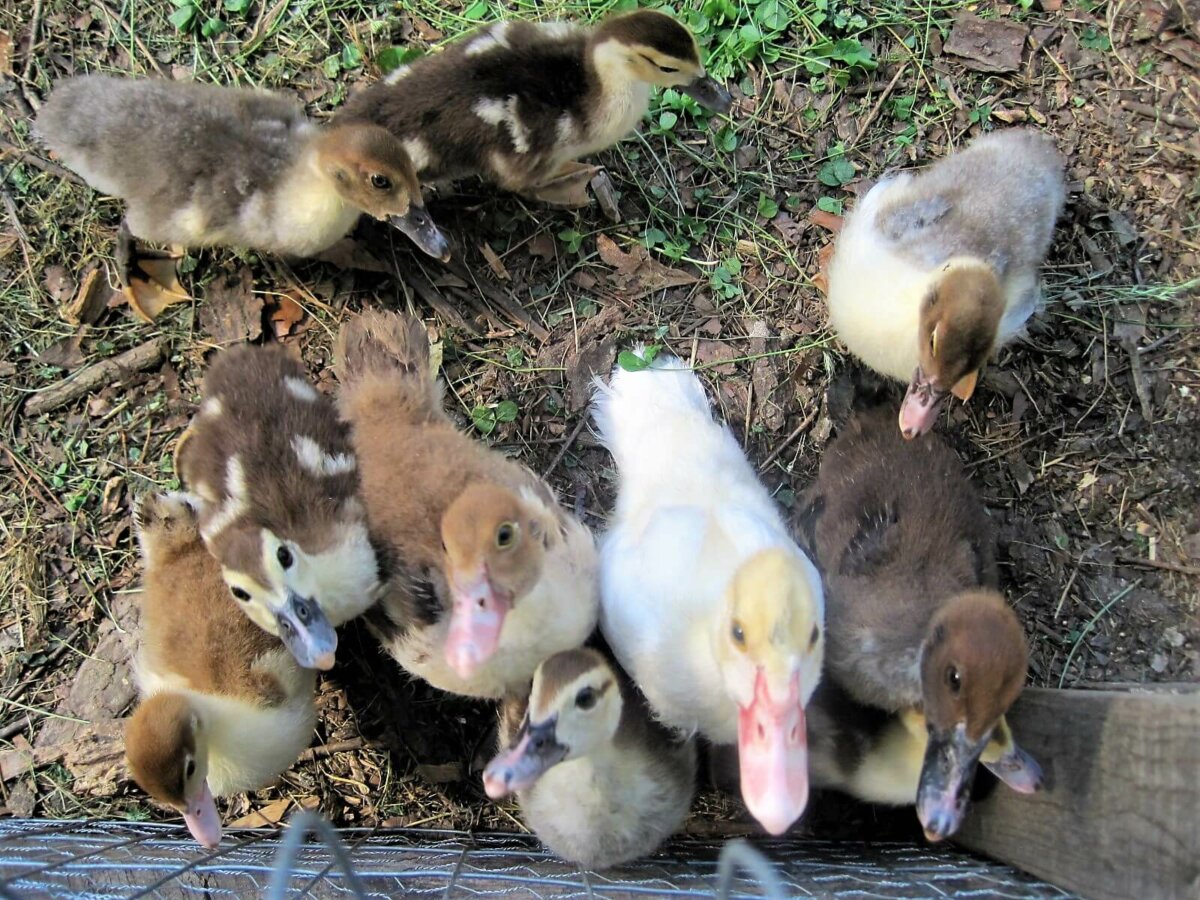
Building ducks a coop that suits their shortlist of needs should be an easy endeavor, but not without forethought. So, if you’re about to welcome a quacking brood and are in the planning stages of making their coop, here are 10 considerations to keep in mind as you create the perfect place for your wonderfully awkward, waddling flock.
1. A Coop That’s Easy to Clean
Ducks are by no means, the cleanest of birds. They enjoy being wet, and they enjoy pooping at pretty much every available opportunity. Your duck coop can become a sodden sewer-pit in short order if you don’t take care of it. That’s a problem of more than aesthetics because aspergillosis, a fungal-borne disease, finds dirty bedding to be a perfect place to spawn and infect your flock.
Related Post: Chicken Coop Plans
Do yourself and your ducks a very needed favor and make their coop easy to clean. You’ll be much more likely to clean it when it needs it, rather than putting off an awkward, uncomfortable task until later. If you’re building it from scratch, I would highly recommend making it tall enough that you can stand in it.
We did this with our coop, and as the resident mucker-outer, I can vouch that being able to use a pitchfork with ease makes an otherwise unpleasant task totally doable. If you’re repurposing a structure, give yourself an easily-accessible clean-out door somewhere at the back. Just make sure that it latches securely when you’re not using it. Raccoons are dexterous enough to open simple latches.
2. Compostable Bedding And A Nearby Compost Pile
Though the cleaning of a duck house may seem a chore, what you’re really doing is setting the stage for some of the most awesome compost ever.
To give you and your gardens a fantastic boost, I recommend using straw as bedding for your ducks. You can pile it real deep in the winter to let your animals snuggle in during snowstorms, and it holds its shape well when a broody hen decides to build a nest out of it.
Finally, when combined with the inevitable loads of duck poop, it becomes an easily-compostable matrix to help turn that poop into soil fertility.
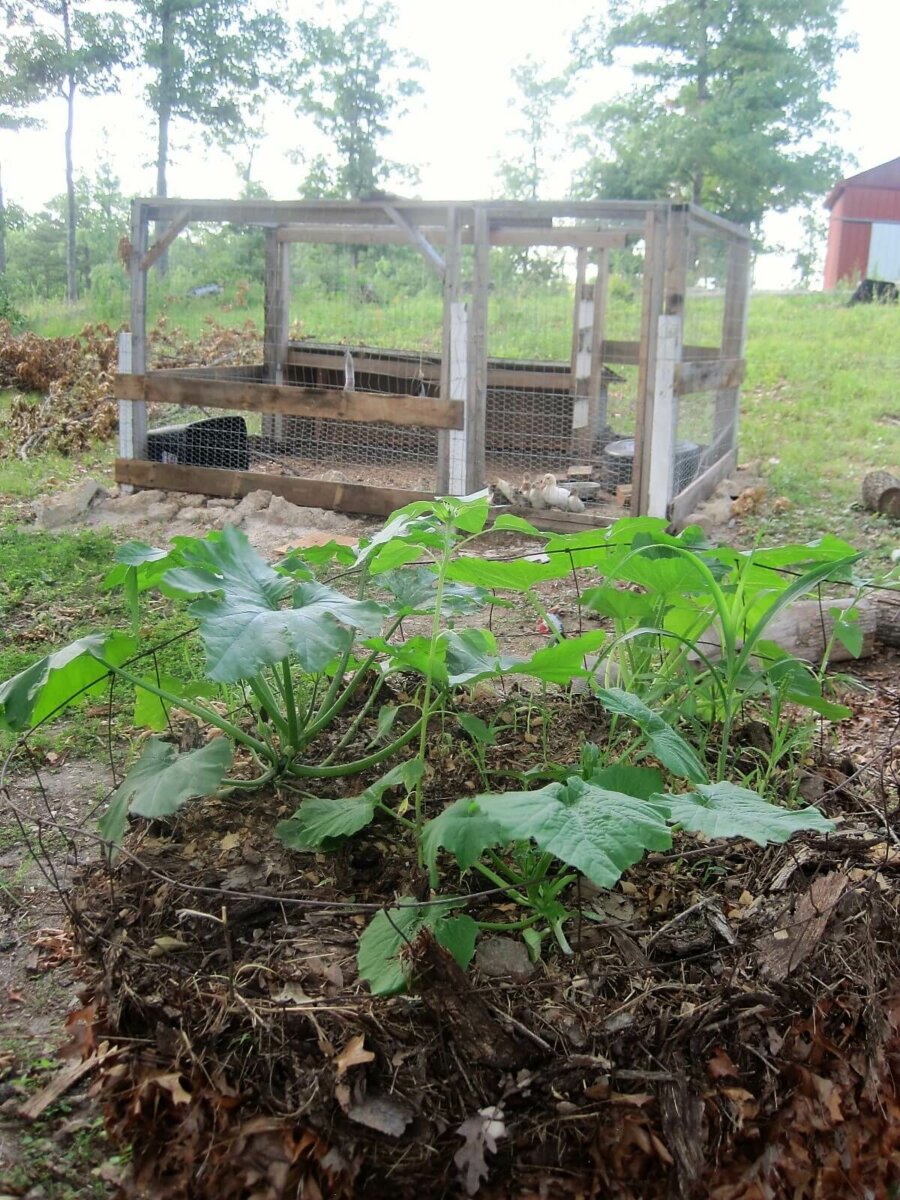
One of the best decisions we did with our duck house was an accident. My husband put a compost ring about 15 feet away from the door. Built out of old wire fencing, we were originally using it (and dozens of others like it) to break down the loads of oak leaves that carpet our homestead in the fall.
But when it came time to clean out the duck coop its first summer, the convenient opportunity was too much to resist. We filled the ring with the spent, soiled bedding, and when spring came, we planted squash seeds directly in the pile. Squash are heavy feeders and don’t mind a huge load of nutrition.
Our efforts were rewarded with an entire summer of plentiful crookneck and zucchini harvests. I would never consider building a duck house without a nearby compost pile ever again!
3. Ventilation
Ducks are water birds (an obvious fact, I know), and that means they are just naturally damp from their constant bathing, dabbling, and swimming. Their house needs adequate ventilation to make sure all that moisture doesn’t stagnate in their coop, growing fungal spores, mold, and who knows what else.
How Tall Does A Duck Coop Need To Be?
If you’re building a structure from scratch, make it at least 3 feet tall — taller is always better, in my opinion — and install some sort of vent system in the roof. If you’re repurposing a structure, try installing windows on at least two different sides to allow airflow.
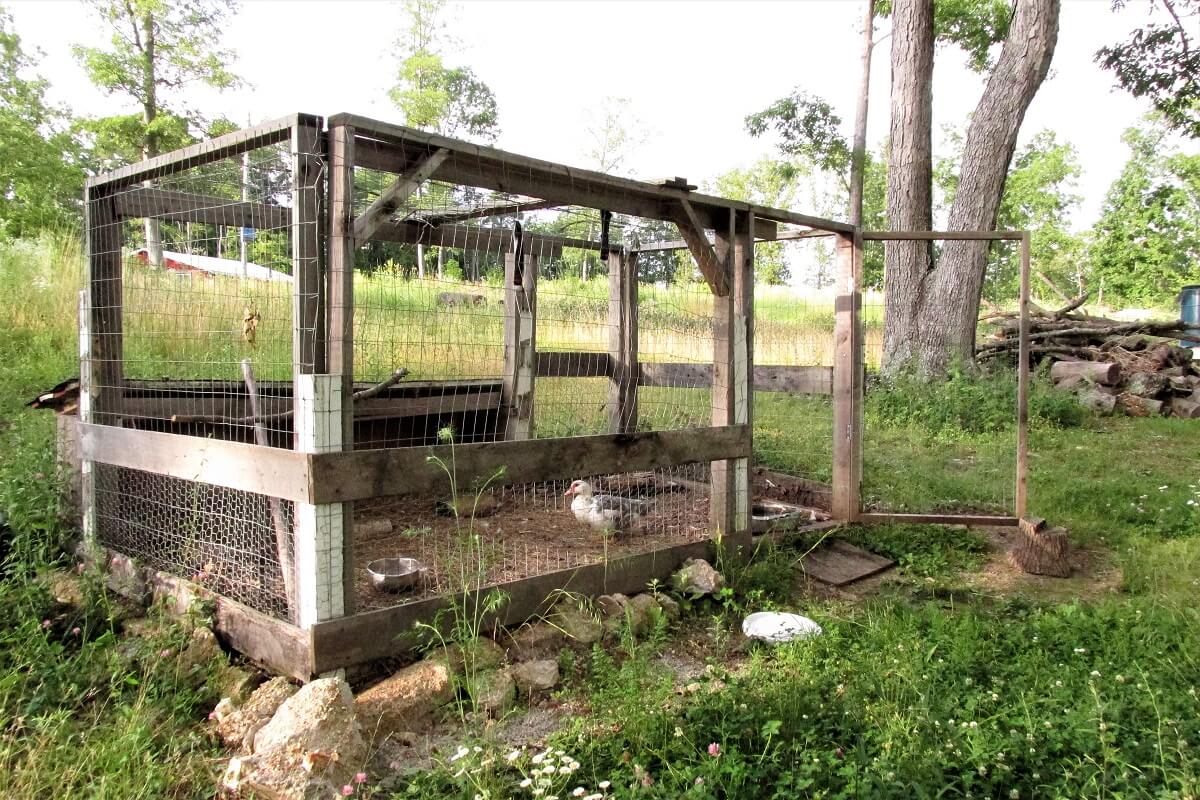
Be sure to cover the windows with hardware cloth to keep those crazy raccoons from invading! I’ve even seen duck houses with shutters that can be drawn closed at night or during bad storms.
Related Post: Raising Muscovy Ducks And Why You Probably Want Some
Our duck coop is an open-air structure that has three sheltered sides and a wide-open southern-facing area (more on that later). This setup has sheltered them through plenty of blizzards, and we never have to fear stagnant, moist air piling up overnight.
4. Size Requirements
Ducks are surprisingly big birds if you’re used to chickens. As such, they need plenty of space to move around, nest, and sleep. Aside from Muscovy ducks who often sleep perched on a roost, all other ducks sleep piled on the ground, and they don’t like rubbing shoulders.
? How Big Does A Duck Coop Need To Be?
The general consensus is that a coop needs at least 4 square feet of floor space per duck for comfortable quarters. If you are intensively housing your ducks so they stay confined within an assigned, fenced space at all times, they also need at least 15 square feet of outdoor space per duck.
Some say less square footage can work, but the truth about ducks is the more space they have to move around, the healthier and happier they will be (and the cleaner their space will stay). We solve that problem by having free-range ducks during the day. They only sleep in their coop at night.
Related Post: 19 DIY Duck House Plans
5. Entrance
Though they can be positively poetic on the water, ducks aren’t the most graceful birds on land. With bodies held close to the ground and relatively weak, short legs, they need all the help they can get to enter the duck house. If the house is not at ground level (which is recommended) provide a wide, ridged ramp for your ducks’ often slippery, webbed feet.
Related Post: Chicken Tractor Plans
Try to make the incline of the ramp as gentle as possible. My first mistake with ducks was to give them too sharp an incline to enter the house they shared with the chickens at the time. Poor things never could make it up. They fell off with a sad thud every evening and tripped head-over-heels down the ramp every morning. We soon remedied the situation by making a ground-level duck house just for them!
Also, be sure to make the entrance of the duck house wider than you would for a chicken — wide enough that two ducks could enter or exit at the same time (which often happens).
6. Building Orientation
Our duck house is south-facing, and it isn’t because our ducks prefer the view (though they can see the pond, so maybe they do). This orientation is strategic because it protects them from the worst weather that winters throws at them.
If you live in the northern hemisphere, a south-facing building has two advantages. First, it makes the most of solar gain, and allows the ducks’ space to be naturally warmer in the winter. Secondly, the northern and western parts of the ducks’ sleeping area are solidly walled off. Our worst winter weather blows from those directions, and the wall blocks the wind from buffeting our birds.
Though ducks are pretty winter-proof — they naturally grow a down jacket, after all — deep bedding to protect their feet and blocking the wind gives them the best chance to make it through the freezing months.
7. Predator-Proofing
Ducks are very edible, particularly to wandering dogs or coyotes looking for a free meal. Give yourself nightly peace of mind by designing predator protection into the coop.
There are a few ways to outsmart the wiles of invading carnivores. Ring the base of the duck house with boulders to discourage digging, fasten doors and windows with latches that have two actions (this discourages raccoons), and cover the top of the shelter with a woven wire that deters climbing and flying predators.
Related Post: Homestead Stories: The Day I Butchered My First Duck
Our biggest thieves have been of the serpentine sort. We’ve had rat snakes worm their way into the coop to steal eggs. Since I value the rat-eating skills of the snakes way too much to kill them, I get up early in the morning to collect eggs — which the ducks seem to lay at the crack of dawn. That practice has seemed to solve the problem.
8. Training For Returning To The Coop
Once you have your beautiful coop built, you (of course) want your ducks to benefit from it. An important detail to work into your homestead life is training free-range ducks to return to the coop. Though it may sound intimidating to release your birds in the morning and get them to willingly return at night, ducks are quite trainable.

This simple guide is pretty much the practice I employed with great success. If your coop is purely an indoor space, you may need to set up temporary fencing around it to give the ducks a controlled place to roam during the training. Provide food and water in that area even though it means your clean-up work may be more intense than normal.
Pro tip: Whenever I feed my ducks during the training, I make a unique sound that I only use then. I say “unique” because saying it’s a high-pitched “bwooorping” sound just doesn’t sound quite … dignified. Once the ducks are free-ranging, I only give them food at night. Since food is associated with the sound, they can’t come running to the coop fast enough when they hear my call!
I recommend free-ranging ducks if you have solid fences around your smaller property or enough property that they can roam all day without bugging the neighbors and getting into their garden. I keep my ducks close by only providing water for them near their coop. They can get pretty thirsty, so I find that they can only range so far before they need to come running back for a sip.
The only time this plan has failed is during heavy spring rains when there are puddles everywhere. On those days, I gather greens for the flock and keep the ducks cooped up in their run for the neighbors’ sake.
9. Full Or Part-Time Coop Life
If space in your area is limited and you have a small flock, some people decide to keep ducks inside their housing full time. I have seen very expensive, premade duck houses for sale for more than $2000, but I find them rather ridiculous. You could build your own coop of similar shape and purpose for a fraction of the price, especially if you’re reusing materials!
A big issue that these houses pose is constant clean-up. Ducks require a lot of water, and when confined to so small a space, they’ll trash the ground, dirty the provided mini-pond, and soak their bedding within a morning. Ducks are not the tidiest of creatures.
When free-ranging, ducks are a fabulous manure dispenser to enliven your acreage, but in confinement, they’ll be a lot of work to keep clean and dry. My personal opinion is that ducks make the most sense and benefit the homestead if they free-range. I’d welcome differing opinions, though, if you want to share your experience in the comments below!
10. A No-Coop Solution
On the flip side, if you have enough space, it is totally possible to go without a coop for your ducks. Of course, there is an inherent risk in full-time free-ranging of poultry. Ducks are vulnerable and tasty, and with their slow, waddling gait and inability to fly (with the heavier breeds), losing ducks to predators is always a possibility you’ll have to anticipate when you do your morning head count.
I would only completely condone the no-coop approach to ducks if you have a pond for them to use as a refuge at night, and if you live in an area with more mild winters.
An easy way to provide them with overnight safety is to have a small island in the middle of the pond for them to use as a nighttime roosting area. It could be either natural or a simple, man-made floating roost. This will certainly make your egg-collecting more of a treasure hunt than a reliable source of food, but it can be and has been done.
So there are my top 10 things to consider when planning the housing for your quacking brood. I hope it can help you provide the best possible life for your animals because life with ducks is wonderful. Are there any tips and tricks that you would recommend? Any points that you think I missed? I’d love to hear in the comments below!










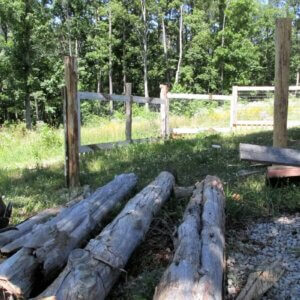





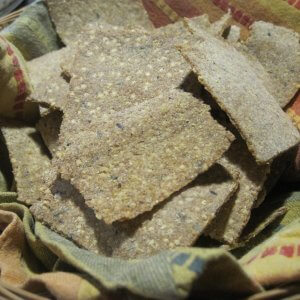


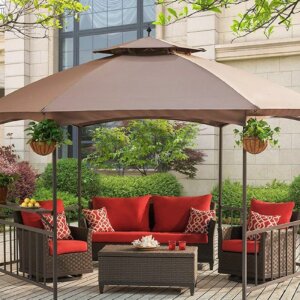

















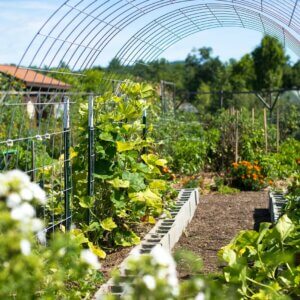
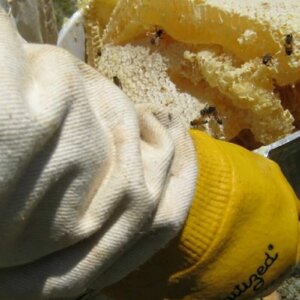


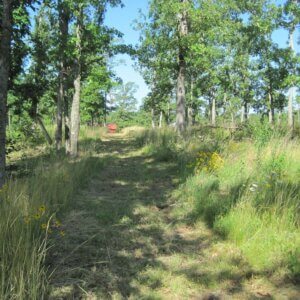
This was very informative thank you!!
I’m so glad, Megan! I take it you’re adding ducks to your world soon? Hope it goes well–they are wonderful creatures. 🙂
I love this site, we are also thinking of adding ducks to our homestead! We are planning on getting Welsh Harlequins!
We are new to the duck world, but loving every minute of it. We live at the jersey shore along the Bay Area. My sons love to fish, and read something that ducks like minnows. Since we live by salt water not fresh water he was wondering if they could it salt water minnows. They love veggies and fruit. He wanted to change it up a bit. Any thoughts ?
Ducks are great, aren’t they? They are also very adaptable. As long as you provide plenty of fresh drinking water (which they need anyway) they can drink enough to dilute any excess salt in their system and the minnows shouldn’t be a problem–if anything, they’re a huge benefit, and your ducks will go crazy for them. Thanks for your question!
Having ducks is a blast! I love to just sit back relax and watch them. This is our first year having ducks so I’ve had so many questions. After reading that I think you’ve answered quite a few of the questions I had. Thanks so much
I really love having ducks as well, and I am always happy to share that enthusiasm. 🙂 I am so happy to hear that the article was helpful. Thanks for your comment, Casey!
Last fall we received 6 ducks unfortunately over the winter we lost 5 do to a bear but we replace them with 7 others. One male in 7 females.
We decided to use an incubator to hatch 28 ducklings for our school project and the children were each going to get a duck to take home well because of the Corona virus school was cancelled we ended up with the extra ducks fortunately we managed to give away enough of them so we ended up with 10 more ducks I have 18 they are free range majority of the time. and we have nesting boxes inside their coop that they come to at night. But the problem we seem to be having is they’re laying eggs and we have three of them did a roosting all on one nest. Unfortunately there were 23 eggs we now have zero the three females snuggle in the one nest together and they’ve managed to break them all, how do we stop them from roosting together?
Broody ducks can be determined, that’s for sure. This duck traffic jam sounds frustrating!
Are all three ducks actively laying eggs? It could be that they’ve all contributed to the pile, and so they’re all competing to be the one to sit on a way-too-large clutch. I think 23 is way too many to be successfully incubated in the first place.
My guess for next time would be this–whenever there are 12 eggs on the nest, mark them all, and then remove any “extra” ones contributed to the pile as the days progress. At night, see who is the first one to cover them/who’s been the best mother in the past (if you know) Whichever duck goes broody first, let her have the clutch, then just continue collecting all the other eggs so that the other don’t go broody on the same pile. Once a duck is actively sitting on a nest, she should cover it all day, and she should also chase away the others.
Please bear in mind, my experience is limited to Muscovy ducks, which are slightly different from other breeds of ducks. But I still hope it helps!
I have a really big property and am hoping to get ducks, but we are almost completely surrounded by woods. Bears, coyotes, bobcats, and fisher cats often use our yard as a shortcut to the other side of the woods. I don’t know what kind of fencing to use to keep the ducks safe.
I am getting 6 ducks. Building a coop. What fencing did you use?
What did you put to protect the ground from predators?
I also have a really big property Bears, coyotes, foxs, and fisher cats . I also don’t know what kind of fencing to use to keep the ducks safe. Especially for the ground. What to do and what to use?
Great tips! We’re just about to build our first duck-only house and your shared experiences are much appreciated. Thank you!
Hi, great article thank you. I’m in the north NZ, have 4 silver appleyards, a drake and 3 hens, all of the latter are currently sitting on eggs for the first time. They’ve been living free-range, so the nests are all out along the creek. They’re very well hidden, but I’m worried about the imminent hatching of the ducklings as we have a lot of hawks around and I’m sure a duckling is tasty tucker! I’ve thought of moving the ducks and eggs into some sort of shelter but thought that might throw them off sitting. What would you recommend?
Thanks for all these tips! I’m hoping to get ducks this spring as our first homestead animals and am researching like crazy. One question I haven’t seen answered so far is roughly how often I should plan to clean out the coop. Every few days?
Thank you for all of the information! I got 6 ducks back in February when I bought a new house. They are now about 5 months old and I just found their first 2 eggs! I am looking to build a safer shelter for them to get through these New York winters. Right now, they have a fenced in area and an old rabbit hutch to sleep in which I cut the legs off of. They swim in a little plastic pool which needs to be cleaned CONSTANTLY. I don’t let them have access to my whole back yard because of their poop. Ducks are very yucky!
Hi Wren This is one of the best articles I have read on how to keep ducks. Well done and thank you so much
James (from Ireland)
Thank you so much for answering many of my lingering questions re: duck shelter considerations and requirements. I’ve been searching endlessly for resources specific to the duck “coops” with no luck until I found this post!
I acquired two ducks and have them in a 13×9 fully fenced in. It is 6 1/2 foot high. They have a two doggie pools in there and other water sources. I live in Pennsylvania and it can get pretty cold here at times. My question is it okay to put a greenhouse cover over the entire top and goes half way down the sides? Will this make it too warm when it’s a very sunny day?
I am new to ducks and I can’t have them free range for fear of predators and high traffic.
I did not choose to get ducks. I was given them and want to make sure they are safe, warm, and happy
Hi, I’d like to build a duck shelter like you describe, long and low, a roof with three walls but with one side completely open facing south. I’m wondering… What do you use for the floor under the shelter? What would you advise?